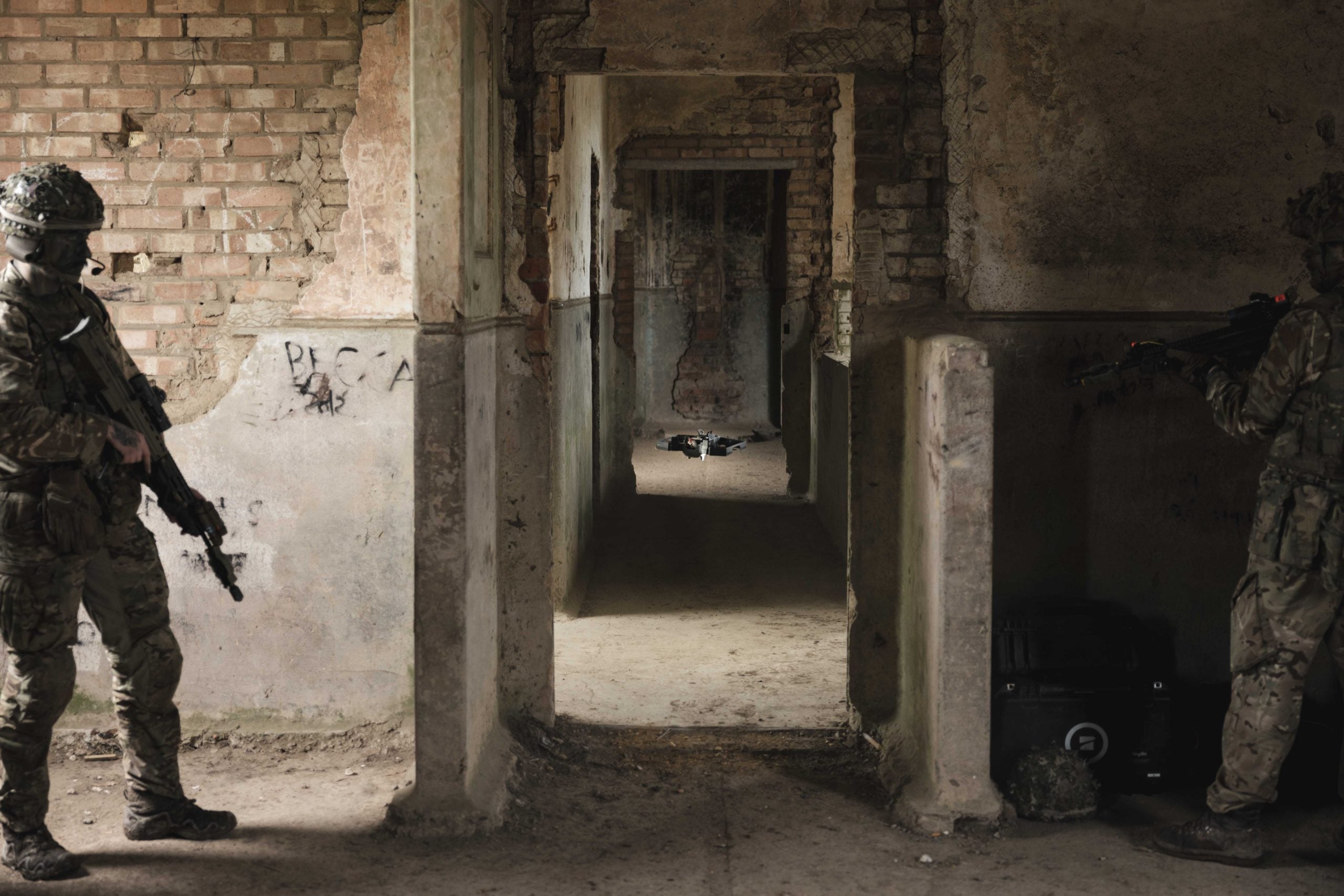
To test new capabilities and innovative equipment as part of the Army’s Future Soldier programme, soldiers from the 2nd Battalion of the Royal Yorkshire Regiment were restructured as the Next Generation Combat Team (NGCT), and engaged in the experimental exercise known as Wessex Storm on the Salisbury Plain Training Area, it was announced 24 May.
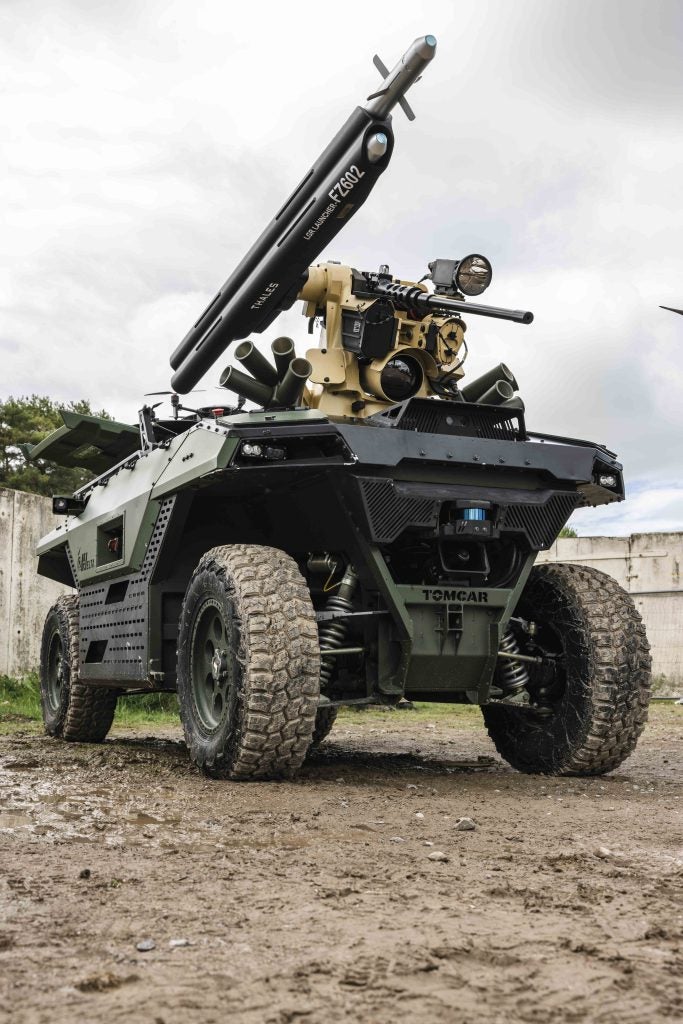
In the past year, the Experimentation and Trials Group (ETG) has successfully integrated all the trials and development units across the British Army, and is implementing them through the NGCT as an experimentation battalion.
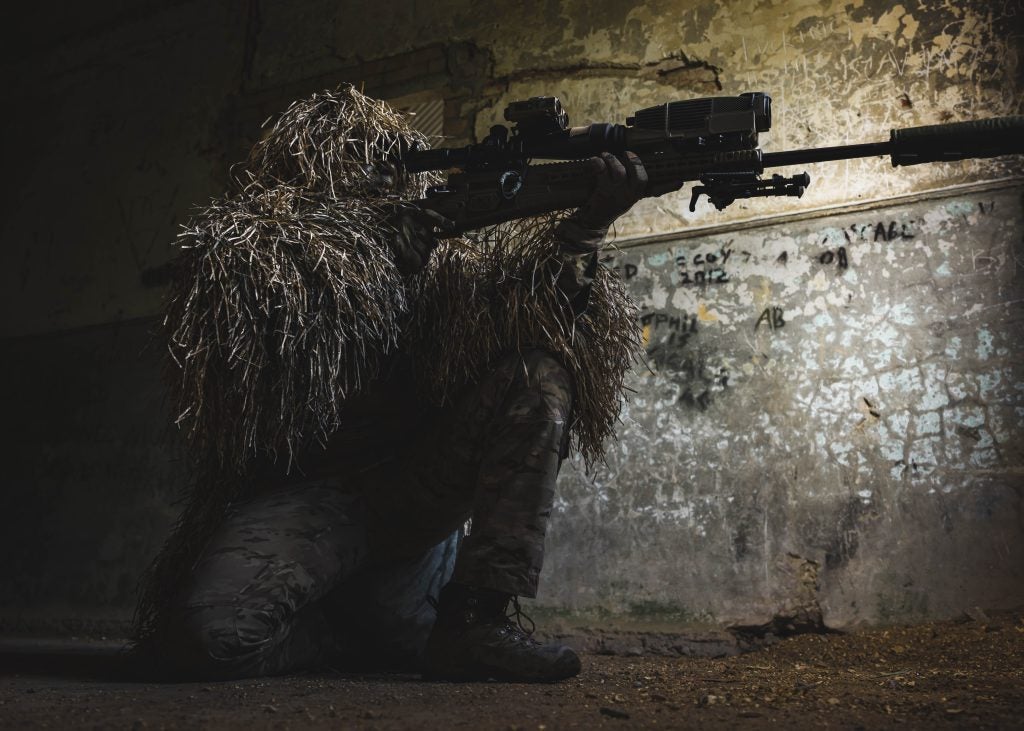
Soldiers in the NGCT had previously been deployed in the study Urban Phalanx, in April 2023, where a the DSTL tested a number of concepts for achieving small unit dominance in future urban combat for dismounted light forces.
Here, the ETG experimented with an NGCT based around a manoeuvre support group and two Phalanx platoons of 38, with each Phalanx platoon built of three sections of ten personnel, as well as a platoon commander, platoon sergeant, a platoon systems operator, and a shoulder-launched rocket team armed with a Carl-Gustaf weapon system providing an anti-armour/anti-structure capability.
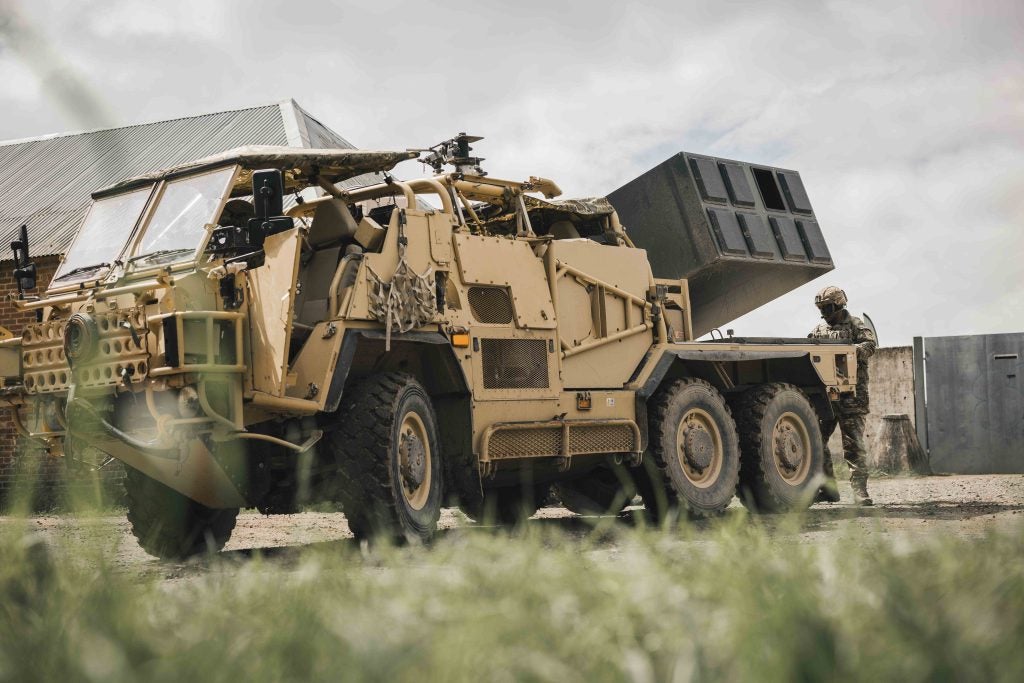
During Exercise Wessex Storm, the soldiers were embedded as a Phalanx Platoon into the 1st Battalion of the Royal Irish battlegroup as part of a new concept developed by the Defence Science and Technology Laboratory (DSTL). The NGCT, centred around the Phalanx Platoons, showcased newly developed structures, tactics, techniques, and procedures to determine their effectiveness compared to the current Army.
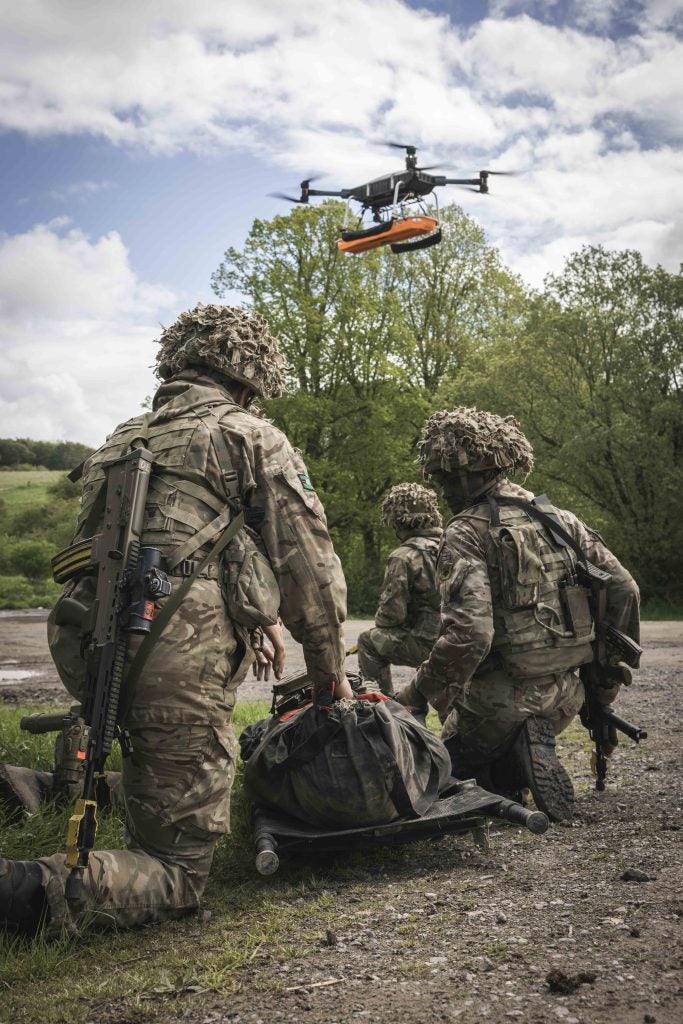
A Phalanx platoon section of the kind operating in Urban Phallanx was composed of two fire teams, each consisting of four members, a section commander, and systems operator to employ drones and an intelligence kit. It was demonstrated in Exercise Urban Phalanx that the command element elevated the situational element of the rest of the section, and removing the systems operator from the fire team to focus on controlling the small uncrewed air systems (UAS) and updating the Dismounted Situational Awareness (DSA) system. This provides greater situational awareness to both the section commander and platoon headquarters, suggesting the adoption of new technologies is yielding results in a joint-operating environment.
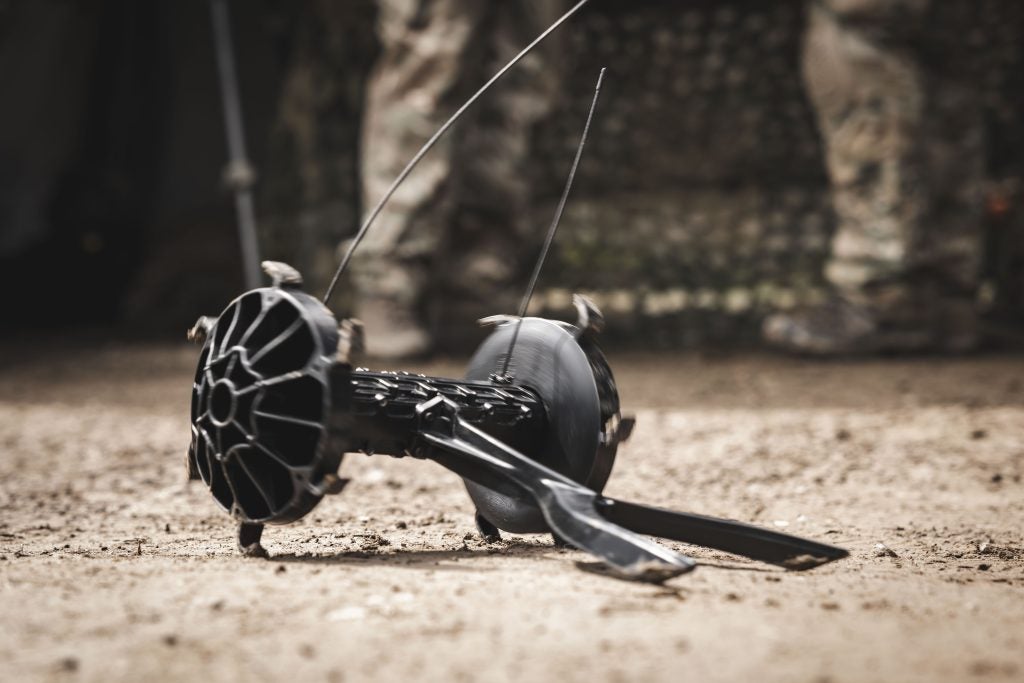
According to Colonel Toby Till of the ETG, the NGCT’s structure during Wessex Storm consisted of an infantry element at its core, serving as the foundation for a diverse array of all arms capabilities, and then included Royal Engineers, Royal Artillery, and a half squadron of Household Cavalry “for the mounted close combat element”, to showcase the operational capabilities for combat, as well as a range of other capabilities that can be utilised across the force.
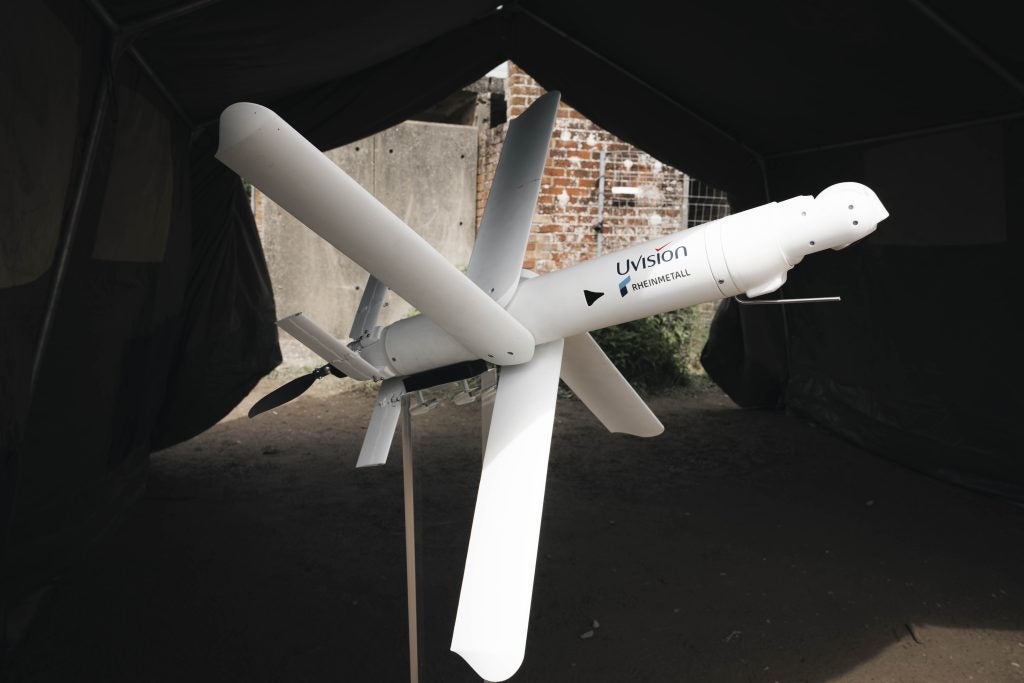
“Our role in accelerating modernisation for the British Army is trying to grab those technologies which some people think are in the future, which are really here and now and getting them in to the field army as quickly as possible, by proving their utility on exercises like Wessex Storm,” said Colonel Till.
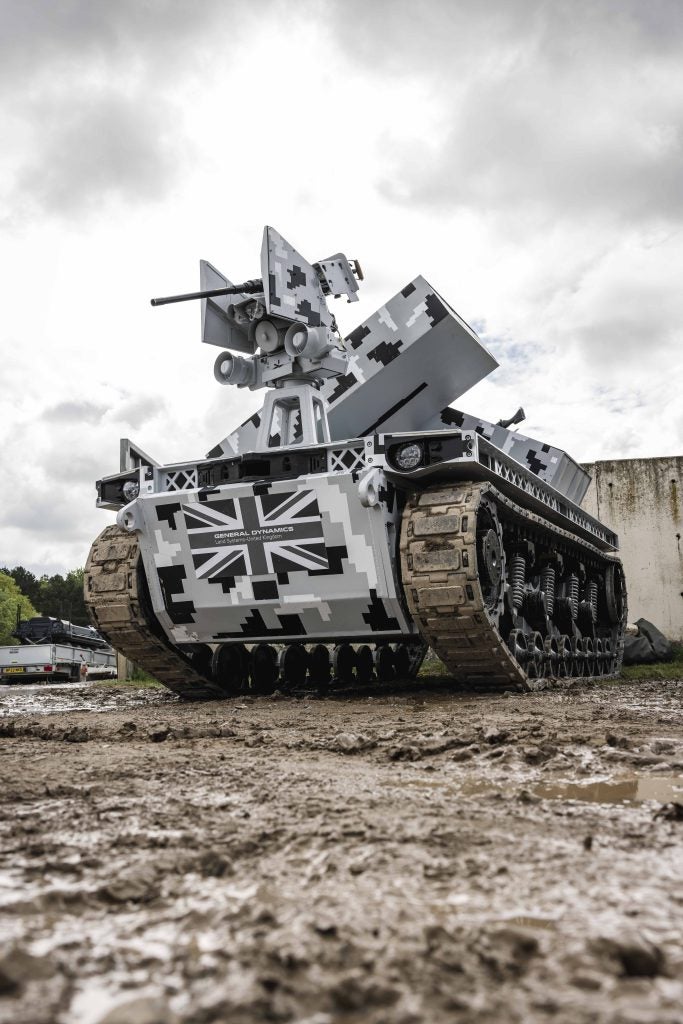
“We have started at the light end of the capability spectrum,” added Till, “and developed a Light NGCT, with enhanced sensors, decision making and lethal effectors through the integration of the Human Machine Teaming project from D Futures and the Dismounted Situational Awareness programme for D Programmes.”

Wessex Storm saw the NGCT deployed with Uncrewed Aerial Systems, Uncrewed Ground Sensors, Uncrewed Aerial and Ground Vehicles, and loitering munitions. With the goal of enhancing command and control at the company level, the NGTC engaged in exercises using the latest generation night capability and sighting systems, as well as communication systems that facilitate the Enhance Dismounted Situational Awareness System.
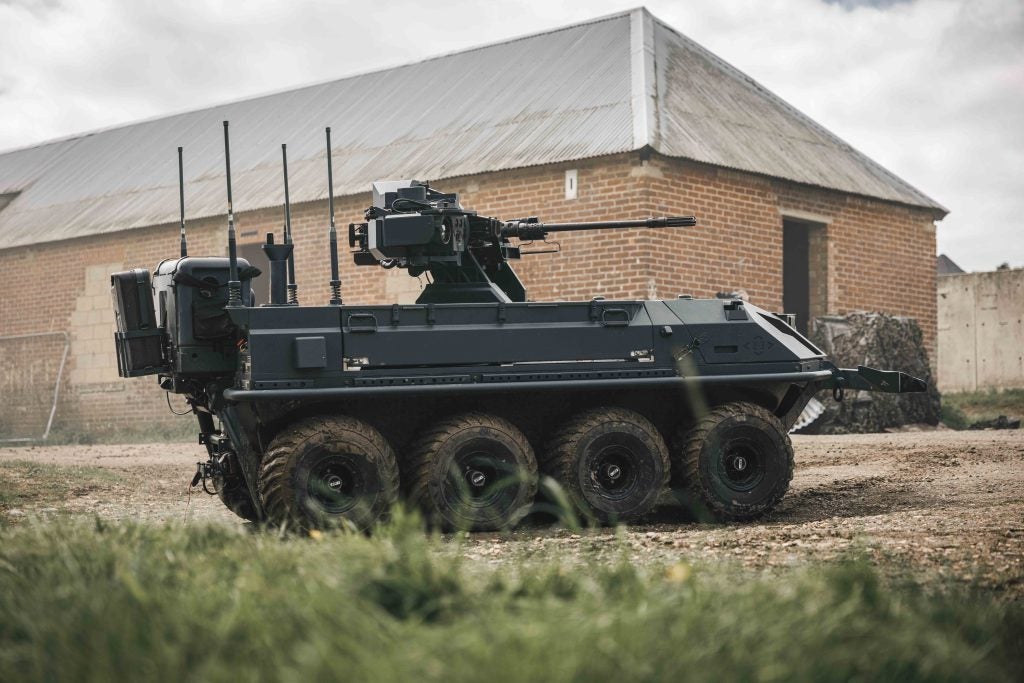
According to Lieutenant Colonel Mike Wade-Smith, the Commanding Officer of the Second Battalion of the Royal Yorkshire regiment, the incorporation of contemporary technologies and knowledge from industry associates was crucial, “But so too is maximising advantage through the human capability and optimising the combat soldier’s lethality through physical and psychological readiness.”

“Objectively and when measured against a traditional rifle platoon, I think we can confidently predict that we can find the enemy faster, decide what capability will neutralise the enemy quicker, and then bring those combined arms assets to effect with the greatest lethality so that the UK Army can fight and win first time.”







